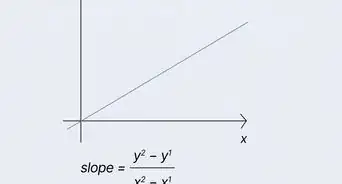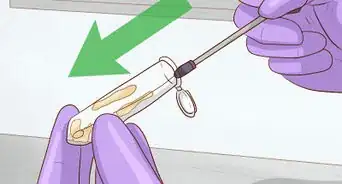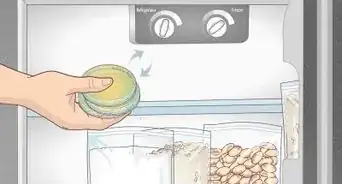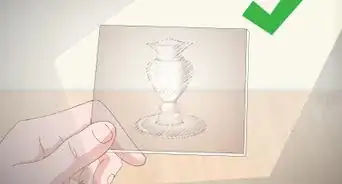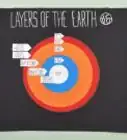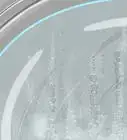This article was co-authored by Bianca Solorzano, M.Ed.. Bianca Solorzano is an Infant Development Specialist, Montessori Consultant, and the Founder of Baby Tour Guide Inc. Through her company, she helps parents, educators, and caregivers optimize baby and toddler development using a Montessori Lens. She does so by providing one-on-one consulting, running her blog, and hosting the Montessori Babies Podcast. With more than 11 years of experience in child development, she specializes in supporting parents in approaches such as purposeful language, environment setup, toys/activities that aid in development, positive redirection and behavior, and directed choice. Bianca holds a BS in Child and Adolescent Development with a focus in Early Childhood Education from California State University, Fullerton, a Masters in Montessori Education from Loyola University Maryland, and the AMI International Montessori Certification from The Montessori Institute of San Diego for children Birth-3 Years. Bianca is also a member of the National Association for the Education of Young Children (NAEYC).
There are 9 references cited in this article, which can be found at the bottom of the page.
This article has been viewed 30,143 times.
Young children are naturally curious and passionate about learning.[1] They are investigators by nature who want to learn about everything they see around them. When you support your children's natural desire to explore the world in which they live, you are helping them develop a scientific mind. Encouraging your children to be curious about the natural world and asking them questions that foster that curiosity will allow them to develop an appreciation and love of all things science.
Steps
Encouraging Scientific Thinking
-
1Let your child see your interest in science. Children like to mimic and mirror what their parents do. If they see you really interested in something science-related, they will also be interested. If you’re watching a science show, have them join you and explain what the show is talking about.[2]
-
2Follow their lead.[3] Don’t try to force a certain type of science on your child. If they’re particularly interested in nature or the weather, foster that curiosity. Provide them with more information specific to their interests.[4]
- If your kid really likes bugs, go on a bug hunt and see how many different types you can find.
- If your child seems interested in how plants grow, set up a germinating activity so they can be involved in aiding the plant’s growth from seed to plant.[5]
Advertisement -
3Provide books and activities related to their interests. If your child really likes dinosaurs, go to the library and get some books about dinosaurs or visit a natural history museum. Resources are accessible everywhere. Simply going online and finding information on what they like can give you ideas for easy and free activities.
- Help them find out information on their own as well. Guide them to resources and let them discover from there.
- For younger children, you can also model how to conduct research by searching the internet for an answer to a question with them or by checking a book for specific information.
-
4Answer their questions. Kids have lots of questions, but it’s important to try to answer them in ways better than “that’s just the way it is.” Provide an explanation and then encourage a discussion afterward. Reward their curiosity with the information that they crave.[6]
- If you don’t know the answer, say “That’s a great question that I don’t know the answer to. Let’s find out together!” Then, go to the library or search online to find the answer.
-
5Ask open-ended questions. Try to avoid asking questions that have a simple “yes” or “no” answer. Ask questions that make your child think about the answer. Ask them “how do you feel about…?”, “what do you think will happen if we do…?”, “why do you think this happened…?” These type of questions encourage your child to develop their ideas and how they feel about something.[7]
- These questions don’t have to have a right or wrong answer, they just need to make your child consider their thoughts before answering.
-
6Teach your child how to observe. When you are out and about, point to things and ask your child questions about them. If you see a bird, ask what color it is. If you are looking at the leaves of a tree, count the number of points on each leaf. Compare different things, asking them “what’s different about these two things?”
- After you have been somewhere, ask them questions about where you were to encourage them to constantly observe their surroundings. Ask questions like, “What interesting things did you notice at the park?” or, “How many cats did you see at grandma’s house?”[8]
- You can encourage a young child to draw their observations and an older child to write down what they observed in a journal, such as the measurements, color, or other specific details.
-
7Teach your child how to make a hypothesis. Point to your child’s prior experiences and ask them to make an assumption based on what they know. Try saying something like, “Guess what will happen next!” as a way to get them to make a prediction.
-
8Let your child make their own mistakes. When they are trying something new or experimenting, it is important to let them make mistakes and not correct everything along the way. Sometimes it is hard to let them fail, but it’s necessary to their learning process. If they make a mistake, they will figure out how to correct it and they will remember the lesson better than if you told them how to do it.[9]
- If they ask for your help, guide them towards the solution instead of directly telling them how to do it. Ask them, “How do you think you should do this?” or, “What order do you think we should do these things?”
Doing Science Together
-
1Go on nature walks. Walking around outdoors offers endless opportunities to encourage your child’s curiosity. You can look for animal footprints, birdwatch, identify different types of plants, and look for bugs. Bring a guidebook with you to help you identify things that you find on your walk.[10]
- While your walking, ask your child questions about what they’re seeing and doing: “What do you think…? What else might be affected…? What do you think happened here? What would happen if…? How can we find out more?”
-
2Experiment in the kitchen. There are many experiments that can be done in the kitchen for the curious kid. With just a few ingredients commonly found in the kitchen or around the house, you can do all kinds of experiments that will amaze your child and foster their curiosity in the world around them. Below is a list of just a few options:[11] [12]
- Place different objects in water and see if they sink or float.
- Make ice cream and discuss why the rock salt is important.
- Dissolve the shell of an egg and play with what’s left.
- Build a baking soda and vinegar volcano.
-
3Observe the weather. Keep a journal that tracks the weather. Each day look out the window and write some things down about the weather for the day. If it changes, make a note of that. You can even go online and write down the high and low temperatures and air pressures for the day. Take pictures to add to the weather journal.[13]
- After a few weeks, look through the weather journal and ask your child if they see any trends in the weather patterns. Hint: compare changes in air pressure with storms.
- Look up the weather in other parts of the world and see how it compares to the weather in your own town.
-
4Visit zoos, aquariums, and science museums. All of these places are specifically designed to foster curiosity in their visitors. At zoos and aquariums, you can learn about different types of animals, sea creatures, and the places they live. Science museums and technology centers have lots of hands-on activities throughout to make you think and ask questions.
- As your child gets older, their experiences will be different, so go to each of these places more than just once.
-
5Grow a plant.[14] Watching the life cycle of a plant is an engaging long-term experiment that they can check on every day over time.[15] Plant the seed in a clear cup so your child can see the roots growing as the plant itself grows. This experiment is also good for promoting patience since the seed will not sprout for a few weeks. The following steps should work for growing any potential seeds that you have.
- Fill a small plastic cup about 1/3 full of potting soil.
- Make a small hole and place the seed in the hole. Cover the seed with soil.
- Water the seed each day and make sure it has plenty of sunlight.
- After a few weeks, you should see the seed begin to sprout and watch your plant as it grows.
-
6Look at things under a microscope. If you have access to a microscope, it can be a great learning tool. You can look at almost anything you’d like under a microscope. You might be surprised at everything you can see with a bit of magnification. Even a magnifying glass is a good place to start if you don’t have a microscope.[16]
- Take a small sample of water from a nearby pond or stream and look at what is floating around in there.
- Look at a flower petal or a piece of clothing. What do you see? Are they similar or totally different?
-
7Start a nature collection. Let your child decide what to collect. You could make a general collection of the natural objects you have found, such as shells, feathers, rocks, fossils, or bones. Alternatively, you may have a themed collection, sea pods or shells, for instance. This is a great way to compare the different shapes, sizes, colors and other characteristics of natural objects.[17]
- Help your child to identify and classify the various items they have collected.
Expert Q&A
-
QuestionWhat are some ways you can enhance children's natural interest in science and math?
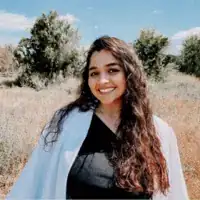 Bianca Solorzano, M.Ed.Bianca Solorzano is an Infant Development Specialist, Montessori Consultant, and the Founder of Baby Tour Guide Inc. Through her company, she helps parents, educators, and caregivers optimize baby and toddler development using a Montessori Lens. She does so by providing one-on-one consulting, running her blog, and hosting the Montessori Babies Podcast. With more than 11 years of experience in child development, she specializes in supporting parents in approaches such as purposeful language, environment setup, toys/activities that aid in development, positive redirection and behavior, and directed choice. Bianca holds a BS in Child and Adolescent Development with a focus in Early Childhood Education from California State University, Fullerton, a Masters in Montessori Education from Loyola University Maryland, and the AMI International Montessori Certification from The Montessori Institute of San Diego for children Birth-3 Years. Bianca is also a member of the National Association for the Education of Young Children (NAEYC).
Bianca Solorzano, M.Ed.Bianca Solorzano is an Infant Development Specialist, Montessori Consultant, and the Founder of Baby Tour Guide Inc. Through her company, she helps parents, educators, and caregivers optimize baby and toddler development using a Montessori Lens. She does so by providing one-on-one consulting, running her blog, and hosting the Montessori Babies Podcast. With more than 11 years of experience in child development, she specializes in supporting parents in approaches such as purposeful language, environment setup, toys/activities that aid in development, positive redirection and behavior, and directed choice. Bianca holds a BS in Child and Adolescent Development with a focus in Early Childhood Education from California State University, Fullerton, a Masters in Montessori Education from Loyola University Maryland, and the AMI International Montessori Certification from The Montessori Institute of San Diego for children Birth-3 Years. Bianca is also a member of the National Association for the Education of Young Children (NAEYC).
Infant Development & Montessori Consultant Children are innately curious about the natural world! If you want to encourage your child's interest in science and sense of curiosity, observe to see what interests them within the natural world. Then use what you discovered about their interests to set up purposeful science lessons and experiments as developmentally appropriate.
Children are innately curious about the natural world! If you want to encourage your child's interest in science and sense of curiosity, observe to see what interests them within the natural world. Then use what you discovered about their interests to set up purposeful science lessons and experiments as developmentally appropriate.
References
- ↑ Bianca Solorzano, M.Ed.. Infant Development & Montessori Consultant. Expert Interview. 1 November 2021.
- ↑ https://www.zerotothree.org/resources/224-tips-on-nurturing-your-child-s-curiosity
- ↑ Bianca Solorzano, M.Ed.. Infant Development & Montessori Consultant. Expert Interview. 1 November 2021.
- ↑ https://www.zerotothree.org/resources/224-tips-on-nurturing-your-child-s-curiosity
- ↑ Bianca Solorzano, M.Ed.. Infant Development & Montessori Consultant. Expert Interview. 1 November 2021.
- ↑ http://www.howtolearn.com/2013/05/10-tips-to-help-develop-your-childs-curiosity/
- ↑ https://www.zerotothree.org/resources/224-tips-on-nurturing-your-child-s-curiosity
- ↑ http://www.howtolearn.com/2013/05/10-tips-to-help-develop-your-childs-curiosity/
- ↑ http://www.howtolearn.com/2013/05/10-tips-to-help-develop-your-childs-curiosity/
- ↑ http://www.doc.govt.nz/get-involved/conservation-activities/exploring-nature-with-children-booklet/encourage-curiosity/
- ↑ http://letslassothemoon.com/2014/10/17/science-experiments-for-kids/
- ↑ http://modernparentsmessykids.com/stem-20-kitchen-science-experiments-kids-will-love/
- ↑ https://childdevelopmentinfo.com/learning/multiple_intelligences/science_at_home/
- ↑ Bianca Solorzano, M.Ed.. Infant Development & Montessori Consultant. Expert Interview. 1 November 2021.
- ↑ https://childdevelopmentinfo.com/learning/multiple_intelligences/science_at_home/
- ↑ http://www.fieldopticsresearch.com/eye-shields-for-binoculars-and-microscopes--eye-protection.htm
- ↑ http://www.firefliesandmudpies.com/2013/08/25/ready-for-kindergarten-kids-nature-collection/

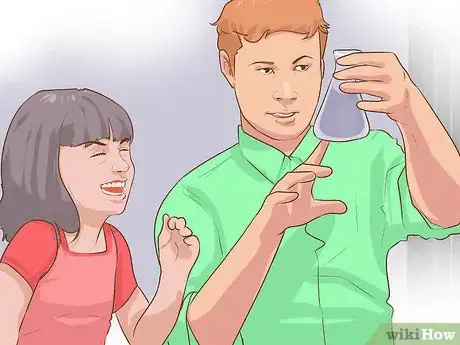
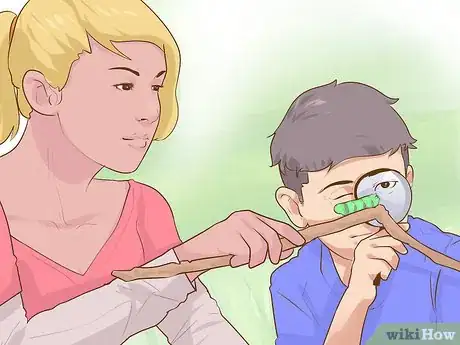
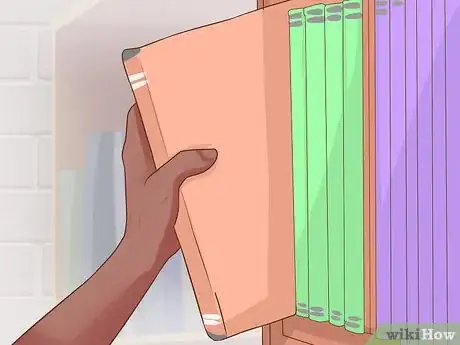
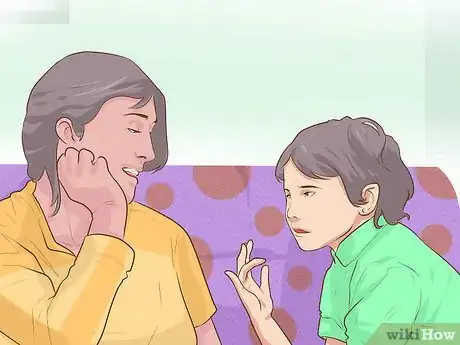

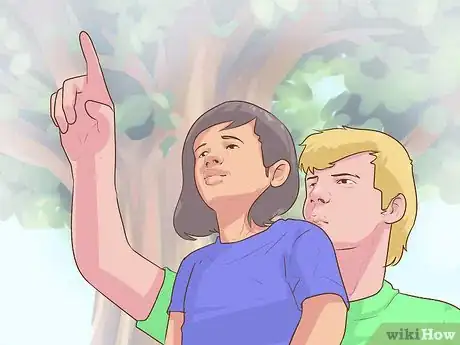

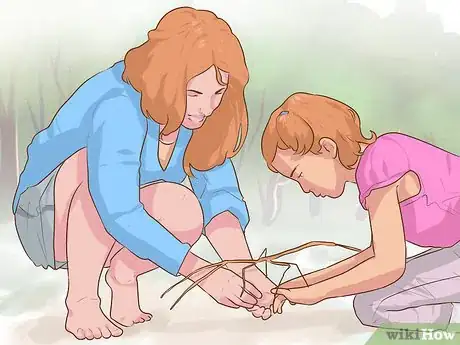
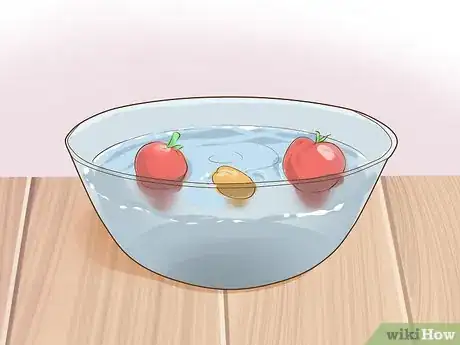

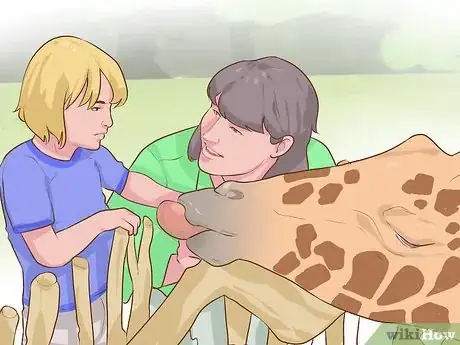
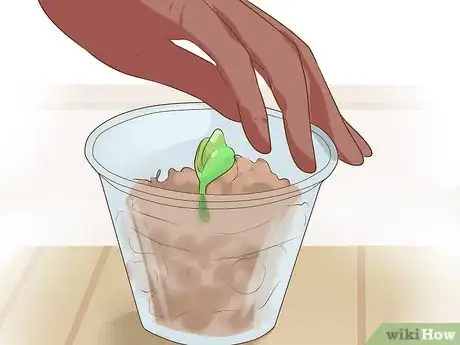
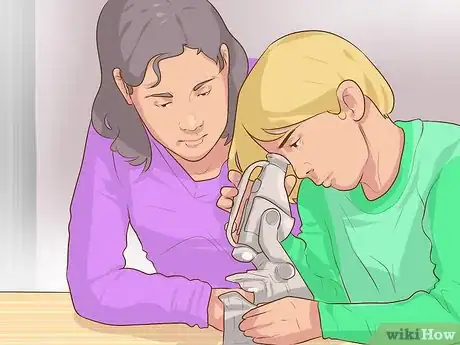
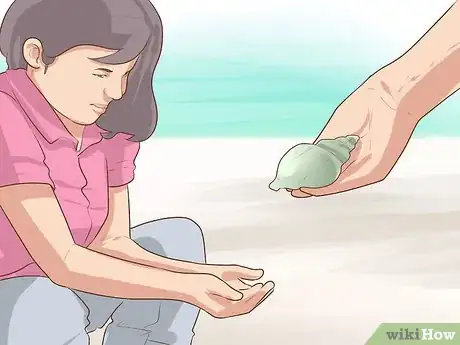
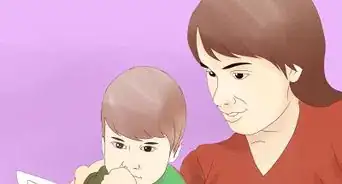
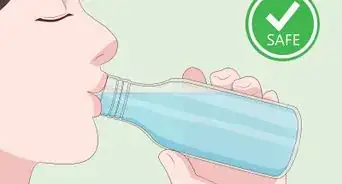
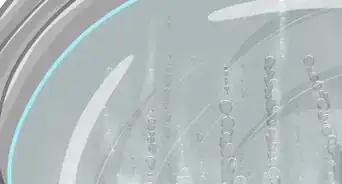
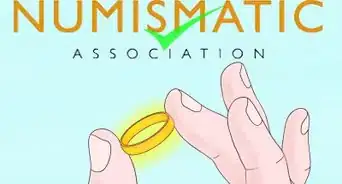
-Electric-Shock-Step-9.webp)




